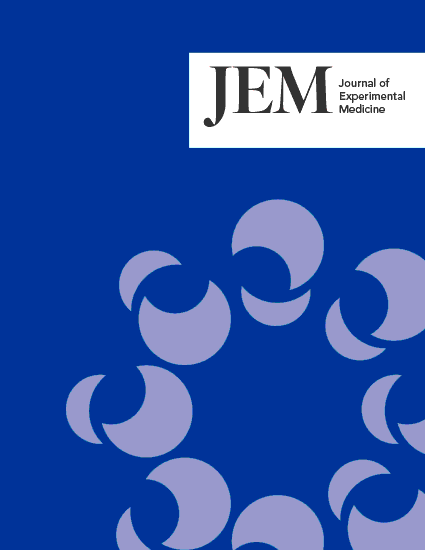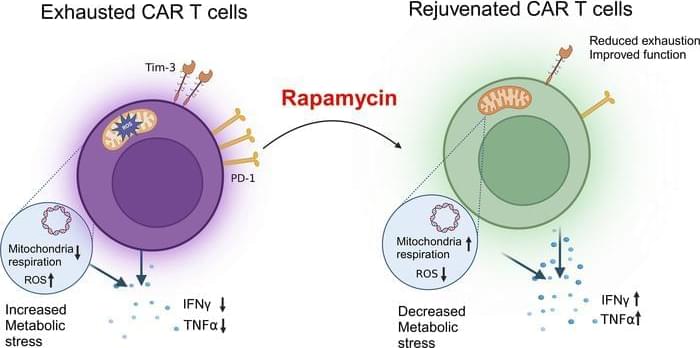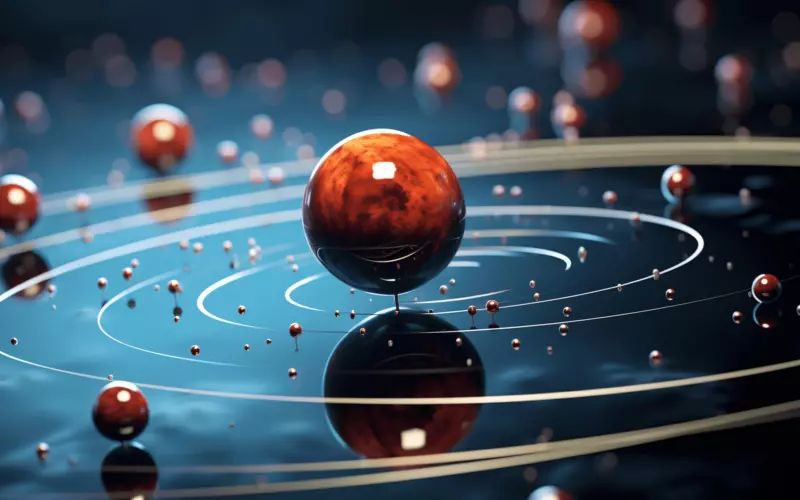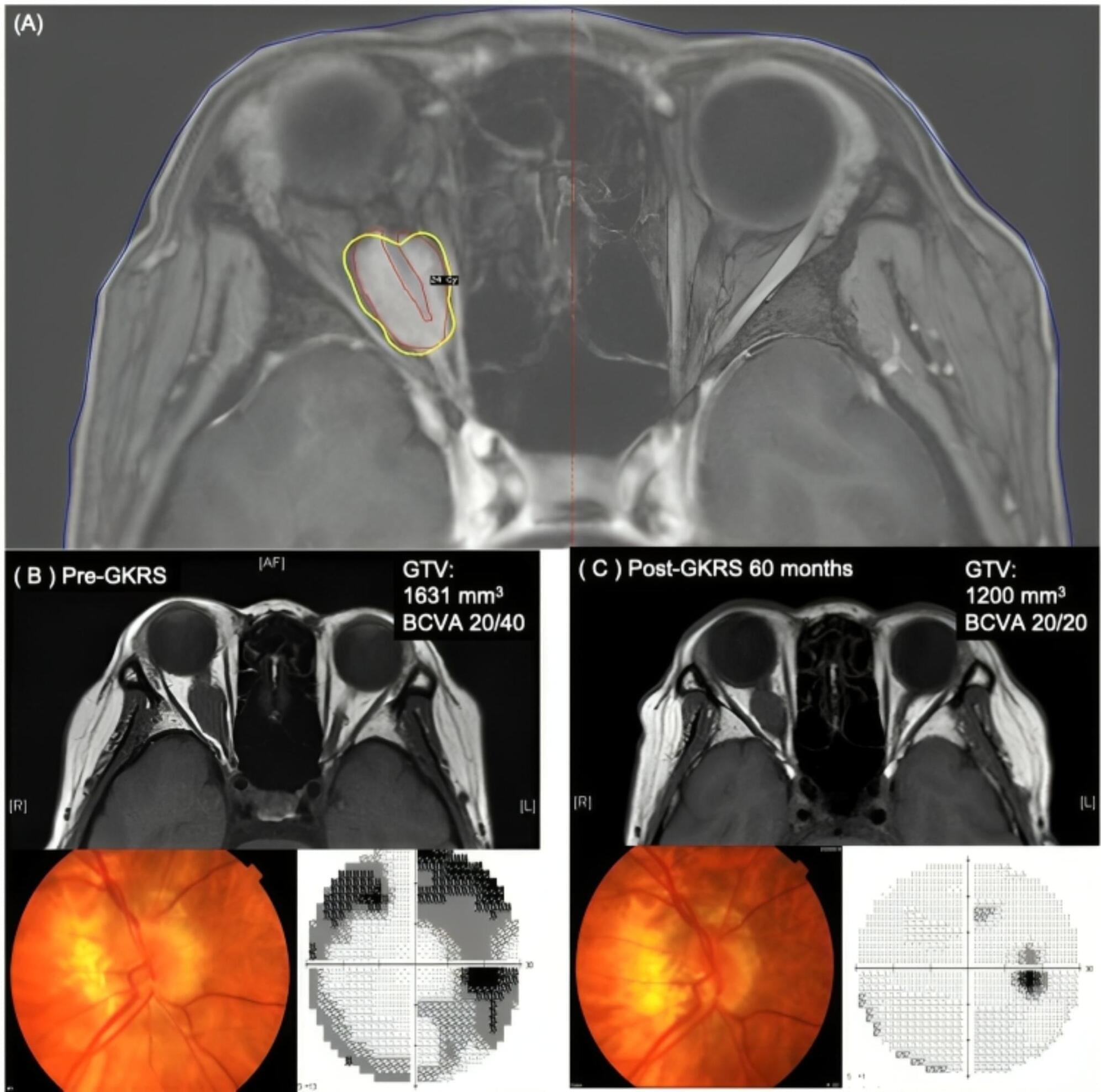This study identifies MYO1F as a pivotal regulator of the immunosuppressive capabilities and expansion of tumor-associated neutrophils during cancer progre



Anjie Zhen & team show rapamycin reduces HIV-mediated chronic inflammation and T cell exhaustion, delaying viral rebound and reducing viral reservoir in mice.
2UCLA AIDS Institute and the Eli and Edythe Broad Center of Regenerative Medicine and Stem Cell Research, David Geffen School of Medicine at UCLA, Los Angeles, California, USA.

Join us this episode as we explore how a cutting-edge, high-throughput screening platform can identify lifespan-extending compounds in diverse model organisms, with Dr Kevin Perez, co-founder of Epiterna and Junior Group Leader at Charité Universitätsmedizin Berlin, and host Prof Brian Kennedy, Director of the Centre for Healthy Longevity at #NUSMedicine.
Register for upcoming #HealthyLongevity #webinar sessions at https://nus-sg.zoom.us/webinar/register/2117367621680/WN_g5RF29EWQf65KDFfpVLjFA
Disclaimer: The opinions and advice expressed in this webinar are those of the speakers and do not represent the views and opinions of the organizers and National University of Singapore or any of its subsidiaries or affiliates. The information provided in this webinar is for general information purposes only as part of a general discussion on public health. The information is not intended to be a substitute for professional medical advice, diagnoses or treatment; and cannot be relied on in place of consultation with your licensed healthcare provider. All Rights Reserved.
All of the proceedings of this webinar, including the presentation of scientific papers, are intended for limited publication only, and all property rights in the material presented, including common-law copyright, are expressly reserved to the speaker or NUS. No statement or presentation made is to be regarded as dedicated to the public domain.
Any sound reproduction, transcript or other use of the material presented at this course without the permission of the speaker or NUS is prohibited to the full extent of common-law copyright in such material.
The UK is developing a controversial AI tool to predict potential murderers using personal data from convicts, victims, and witnesses. Aimed at preventing crime, the initiative mirrors global trends in AI policing. However, critics warn of bias, privacy issues, and call the project “chilling and dystopian,” raising ethical concerns about pre-crime technology.
UK | artificial intelligence | AI | murder | firstpost | world news | news live | vantage | palki sharma | news.
#uk #ai #murder #firstpost #vantageonfirstpost #palkisharma #worldnews.
Vantage is a ground-breaking news, opinions, and current affairs show from Firstpost. Catering to a global audience, Vantage covers the biggest news stories from a 360-degree perspective, giving viewers a chance to assess the impact of world events through a uniquely Indian lens.
The show is anchored by Palki Sharma, Managing Editor, Firstpost.



How does the brain work? Where, and when, and why do neurons connect and send their signals? Scientists have created the largest wiring diagram and functional map of an animal brain to date to learn more. Research teams at Allen Institute, @BCMweb and @princeton worked together to map half a billion synapses, over 200,000 cells, and 4km of axons from a cubic millimeter of mouse brain, providing unparalleled detail into its structure and functional properties. The project is part of the Machine Intelligence from Cortical Networks (MICrONS) program, which seeks to revolutionize machine learning by reverse-engineering the algorithms of the brain. Research findings reveal key insights into brain activity, connectivity, and structure—shedding light on both form and function—within a region of the mouse visual cortex that plays a critical role in brain health and is often disrupted in neurological conditions such as Alzheimer’s disease, autism, and addiction. These insights could revolutionize our ability to treat neuropsychiatric diseases or study the influence of drugs and other changes on the brain.
This extraordinary achievement begins to reveal the elusive language the brain uses to communicate amongst its millions of cells and the cortical mechanisms of intelligence—one of the holy grails of science.
Learn more about this research: https://alleninstitute.org/news/scien… open science data: https://www.microns-explorer.org/ Explore the publications in Nature: https://www.nature.com/immersive/d428… Follow us on social media: Bluesky — https://bsky.app/profile/alleninstitu… Facebook — / alleninstitute X —
/ alleninstitute Instagram —
/ alleninstitute LinkedIn —
/ allen-institute TikTok —
/ allen.institute.
Access open science data: https://www.microns-explorer.org/
Explore the publications in Nature: https://www.nature.com/immersive/d428…
Follow us on social media:
Bluesky — https://bsky.app/profile/alleninstitu…
Facebook — / alleninstitute.
X — / alleninstitute.
Instagram — / alleninstitute.
LinkedIn — / allen-institute.
TikTok — / allen.institute

To survey the real-world effectiveness and cost of optic nerve sheath meningioma (ONSM) treating with Gamma Knife Radiosurgery (GKRS), and compare with the external beam radiation therapy (EBRT).
Retrospective, comparative study that included patients with primary ONSM treated with either GKRS or EBRT in Samsung Medical Center, Korea. The treatment response, and treatment costs were compared between GKRS and EBRT groups.
There were 34 adult patients with primary ONSM treated with either GKRS (n = 25) or EBRT (n = 9) (follow-up period: 6–207 months). The local tumor control rates (GKRS: 92%; EBRT: 100%; P = 1) and vision preservation rates (GKRS: 64%; EBRT: 67%; P = 1) were similar in both groups. The mean gross tumor volume (GTV) decreased by 21.4 ± 19.7% after GKRS and 26.4 ± 18.7% after EBRT (P = 0.4803). The complication rates did not differ between two modalities. Factors associated with better visual outcomes were pretreatment BCVA 20/50 (odds ratio: 6.000, P = 0.0234) and the absence of intracranial tumor extension (odds ratio: 30.00, P = 0.0001). GKRS reduced the total costs of care by 43% under Korean National Health Insurance System (NHIS).